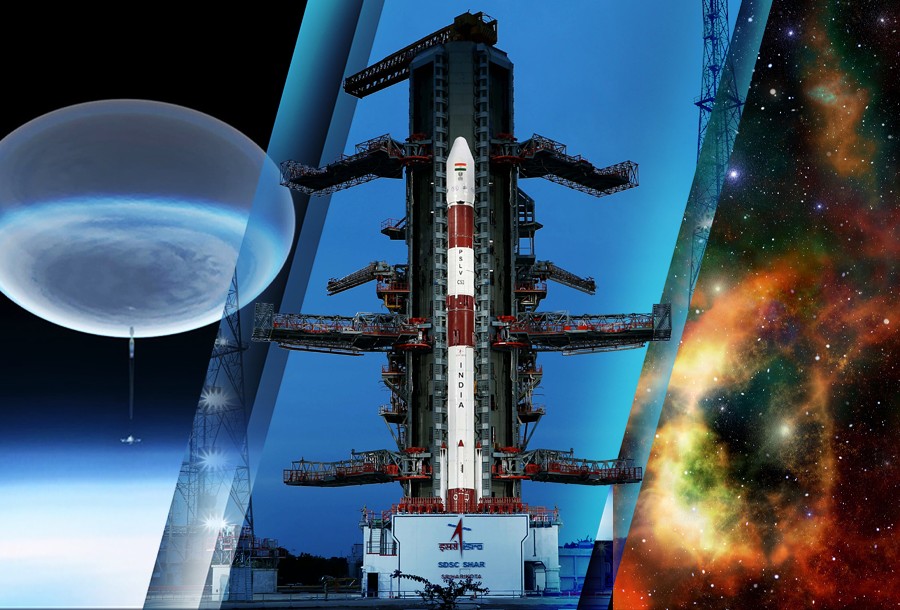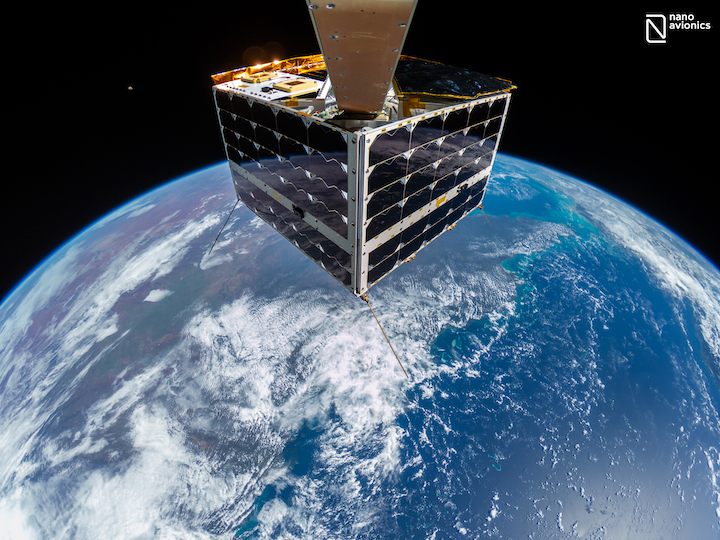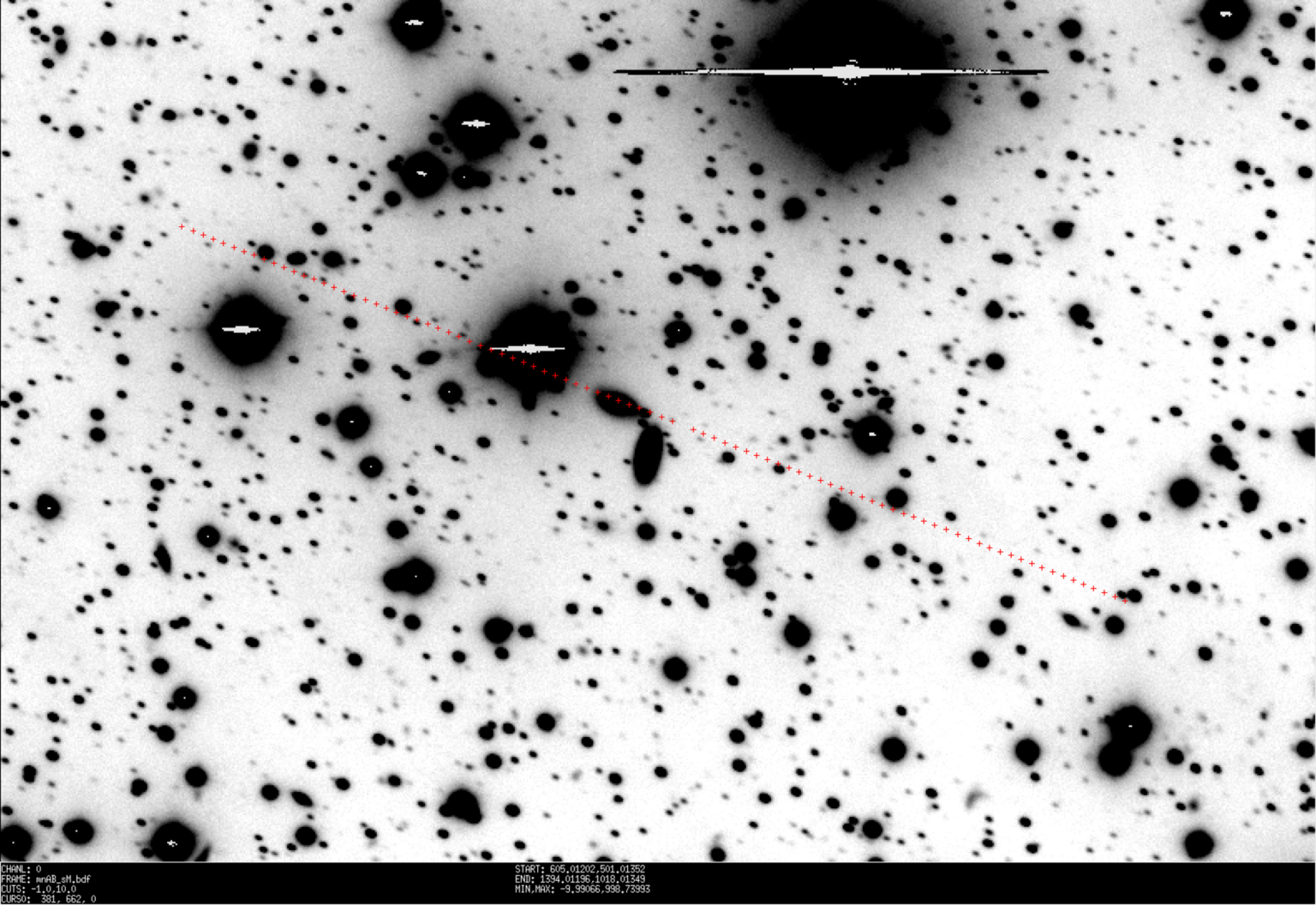
Selection of the most interesting space news for breakfast: Astronomers discovered an ancient galaxy. China plans to launch liquid-fueled rockets from the sea, and airports in Africa to begin using satellite navigation for safe landing of aircraft.
China looks to launch liquid propellant rockets from the seas
Chinese state-owned and commercial companies are developing capabilities to launch liquid propellant rockets from sea platforms to boost the country’s launch options.
China has already demonstrated the ability to launch the Long solid rocket from sea platforms. These have been facilitated by a new spaceport near Haiyang in the eastern coastal province of Shandong. Now, private firms including Orienspace and the state-owned China Academy of Launch Vehicle Technology (CALT) are developing larger, liquid propellant Gravity series rockets and adapted Long March 8 launchers for sea launches.
India launches 3 satellites and an experimental orbiting platform
An Indian rocket launched three satellites and an experimental orbiting platform on Thursday morning (June 30) on the vehicle’s 55th mission to date. The four-stage, 145.7-foot-tall (44.4 meters) Polar Satellite Launch Vehicle (PSLV) lifted off from Satish Dhawan Space Centre in southeastern India.
Market News

NanoAvionics Records High-Definition ‘Satellite Selfie’ Using a GoPro in Space
A NanoAvionics satellite equipped with a GoPro camera recently captured an image of itself using a selfie stick. NanoAvionics is calling it the first 4K resolution full “satellite selfie” in space. The image and video shared this week shows the satellite with the Earth in the background, showing the Great Barrier Reef along Australia’s coastline.
Geospatial image analytics market is experiencing a global boom thanks to Digitalglobe, Urthecast Corporation, Keyw Corporation
The Geospatial Analytics Market Research Report contains a detailed analysis based on thorough market research in general, especially on issues related to market size, growth scenario, potential opportunities, operating environment, trend analysis and competitive analysis of geospatial analytics. This research is conducted to understand the current market situation, especially in 2021. This will shape the future of the market and predict the level of competition in the market.
EGNOS technology for Africa – ESA signs deal with ASECNA
European technology that allows satellite navigation signals to safely guide aircraft down for landing in the majority of Europe’s airports will now be put to use across Africa and the Indian Ocean. ASECNA, the Agency for Air Navigation Safety in Africa and Madagascar, and ESA today signed an agreement to deploy a Satellite-based Augmentation System (SBAS) across a service region of more than 16.5 million sq. km, one and a half times the size of Europe’s coverage area.
Avio gets pandemic recovery funds to develop launchers for the 2030s
Italian rocket maker Avio secured 340 million euros ($358 million) in government funding to develop launch vehicles for the next decade.
About two-thirds of the pandemic recovery stimulus funds from the Italian government will support a small, two-stage demonstration rocket that is slated to fly by 2026 with a new liquid oxygen and methane engine. Avio is using the remaining 120 million euros to develop another liquid oxygen methane engine that CEO Giulio Ranzo says will be six-times more powerful. The company aims to qualify this engine via ground tests by 2026.
Space Force considering strategy for procuring national security launch services
The Space Force launch procurement command in Los Angeles later this year will send to the Pentagon a proposed strategy for selecting national security launch services providers for the next round of contracts expected to be awarded in 2024.
“The NSSL [National Security Space Launch] team is off working the strategy for Phase 3, but nothing has been agreed to yet,” Frank Calvelli, the Space Force’s senior acquisition executive, told reporters. United Launch Alliance and SpaceX in 2020 won five-year NSSL Phase 2 contracts to launch as many as 35 military and intelligence space missions. These contracts are up for recompete in 2024.
Interesting

ESA excluded the possibility of an asteroid falling to Earth in 2052
The data collected by the ESO’s Very Large Telescope (VLT) made it possible to exclude the possibility of asteroid 2021 QM1 colliding with Earth in 2052 and remove it from the list of bodies dangerous to our planet. Previously, the probability of this event was estimated as 1 in 3322.
2021 QM1 was first identified in images taken by Mount Lemmon Observatory on August 28, 2021. This body belongs to the Apollo group. Its diameter is about 50 meters, it makes one revolution around the Sun in 691 days, while crossing the orbits of Venus, Earth and Mars.
NASA’s Stratospheric Balloon Mission Gets Telescope With Giant Mirror
Telescopes designed to operate in space have to be constructed differently than those meant to operate on the ground. But what about telescopes that operate in between?
An upcoming NASA mission will use a balloon larger than a football field to send a telescope 130,000 feet (about 40,000 meters) above Antarctica. From that height, the telescope will study a phenomenon that chokes off star formation in some galaxies, effectively killing them.
New fossil galaxy discovery could answer important questions about the history of the universe
A new fossil galaxy, which was uncovered via a systematic visual search of legacy survey images using the Mayall 4-meter telescope. It could tell scientists about how galaxies form and confirm their understanding of cosmology and dark matter.
Dr. Michelle Collins, an astronomer at the University of Surrey, UK says that they “have found a new, extremely faint galaxy whose stars formed very early in the history of the Universe. This discovery marks the first time a galaxy this faint has been found around Andromeda using an astronomical survey that wasn’t specifically designed for the task.”
Follow us on Twitter to get the most interesting space news in time
https://twitter.com/ust_magazine

